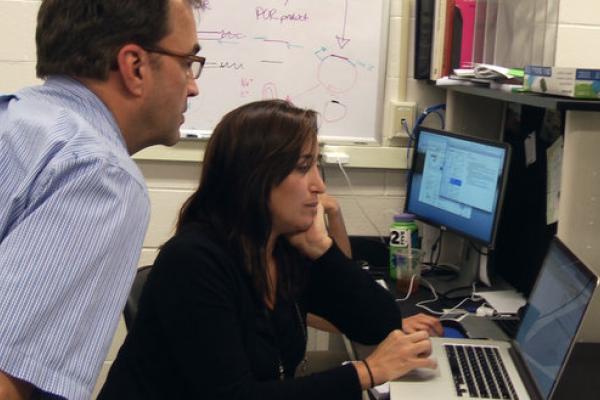Computers Decode Lake Erie Soil

Imagine a gram of Lake Erie soil.
“It can contain one trillion cells,” says Ohio State Assistant Professor of Microbiology Kelly Wrighton in an ASCTech YouTube video. Now imagine trying to extract the DNA from that soil and reconstruct the genomes for every one of those 1 trillion cells. “You can imagine that you need high memory nodes and a lot of server power in order to do this,” Wrighton says.
Wrighton’s research on these genomes and her resultant need for powerful computing resources led her to Sandy Shew, the Director of Research Computing Services for the College of Arts and Sciences Technology Services (ASCTech). As he describes it: “After we got to know a little bit about what she's doing and how she wanted to work, we were able to plan how to get her a server and storage and where to put it.”
The results have been great for Wrighton. “The support and the infrastructure that we’ve built is ideally suited for our workflows," she says. "There's a value in having this tailor-made resource [ASCTech] for us in that it has made our workflows very efficient. It's tremendous that I have a working relationship with my college at the level that I do. It’s instrumental in how I've been able to be so successful [and] have this paper coming out in the first year of starting this position. We were basically able to hit the ground running with the support we've received.”
Shew agrees. “Working with Kelly is a model for how we would like to work with faculty," he says. "We began working with her before she even got here. By working from the beginning with the researcher herself, we were able to provide a more durable solution.”
So the next time you squish Lake Erie soil between your toes, don't think about hosing it off. Think about all the computing power you’d need to understand the life contained within.
